Conclusions (TL:DR)
If the rest of this post is too long and you aren’t interested, here are the top level conclusions.
CB is best and most useful off road radio
The best radio is always going to be the one with the most people to talk to. Since the citizens band radios are inexpensive to purchase and easy to install and are the most commonly used radio, and don’t require any license my conclusion is that CB is still the best choice for communicating with other off roaders. It was good enough to communicate to all but the very last checkpoint on our test track. With a little care and planning to keep the group within the range, a CB can be all the radio you need for vehicle to vehicle communication.
Amateur Radio is the best quality with longest range.
For best communication quality, range and functionality, a dual band mobile unit that operates on 2m or 70cm bands with an externally mounted antenna is what you want to get. This is a lot more expensive radio than CB, but the installation process is the same. These radios operate with 50 watts of power and can have useful communication range easily in the tens of miles.
In my area of northern Nevada, a network of repeaters that link up radio communications and extend your transmissions for hundreds of miles make this really useful for emergency comms and coordinating with friends outside simplex range. Additional features like APRS can add vehicle tracking and messaging, but it gets technical and complicated in a hurry.
Hand held ham radios are great for person to person or person to vehicle use, but inside a vehicle they become useless pretty quickly due to interference with the metal body.
FRS is a cheap and useful way to communicate vehicle to vehicle, or hiker to hiker, but not all FRS are equal.
FRS radios are pretty useful if you’re in an area without a lot of other FRS users. We use them at home where lightning Dragon can talk with his cousin about a mile away in our neighborhood. We used them on overlanding trips vehicle to vehicle a lot and they are quite good. Not as good as CB or Ham to be sure, but still useful.
Not all FRS radios are equal. Some are better quality and better made so find one that will work well and last. The Midland GXT is certainly the best I’ve seen, though I have not seen them all. Just be ware that many high end FRS radios are also GMRS radios and if you’re not careful you could find yourself on those band using too much power.
Rugged Radios are Ham Radios. The one we used is a clone of the Baofeng UV-5R which is a dual band 2m, 70cm radio like my Yeasu FT-60. It comes in a blue plastic case instead of the black plastic of the Baofeng, but otherwise it’s the same and just comes with a pre programmed set of frequencies and channels from Rugged Radios.
I couldn’t find anywhere on their website where it says that they require a license, but if you email them they’ll refer you to the FIT Coordinator to get a Commercial Band license. The short email includes a link to the FIT coordinator. https://fcclicense.org/fit/
I don’t want to go so far as t accuse Rugged Radios of misrepresenting their product, but everyone you see using them or talking about them assumes, since they aren’y specifically sold as needing a license, that you don’t need a license. You do. What the consequences are for infractions, and how the FCC polices the use of commercial and Ham frequencies, I don’t know. Beyond the shame dispensed by licensed radio amateurs, I’m not sure there is much in the way of consequence at all.





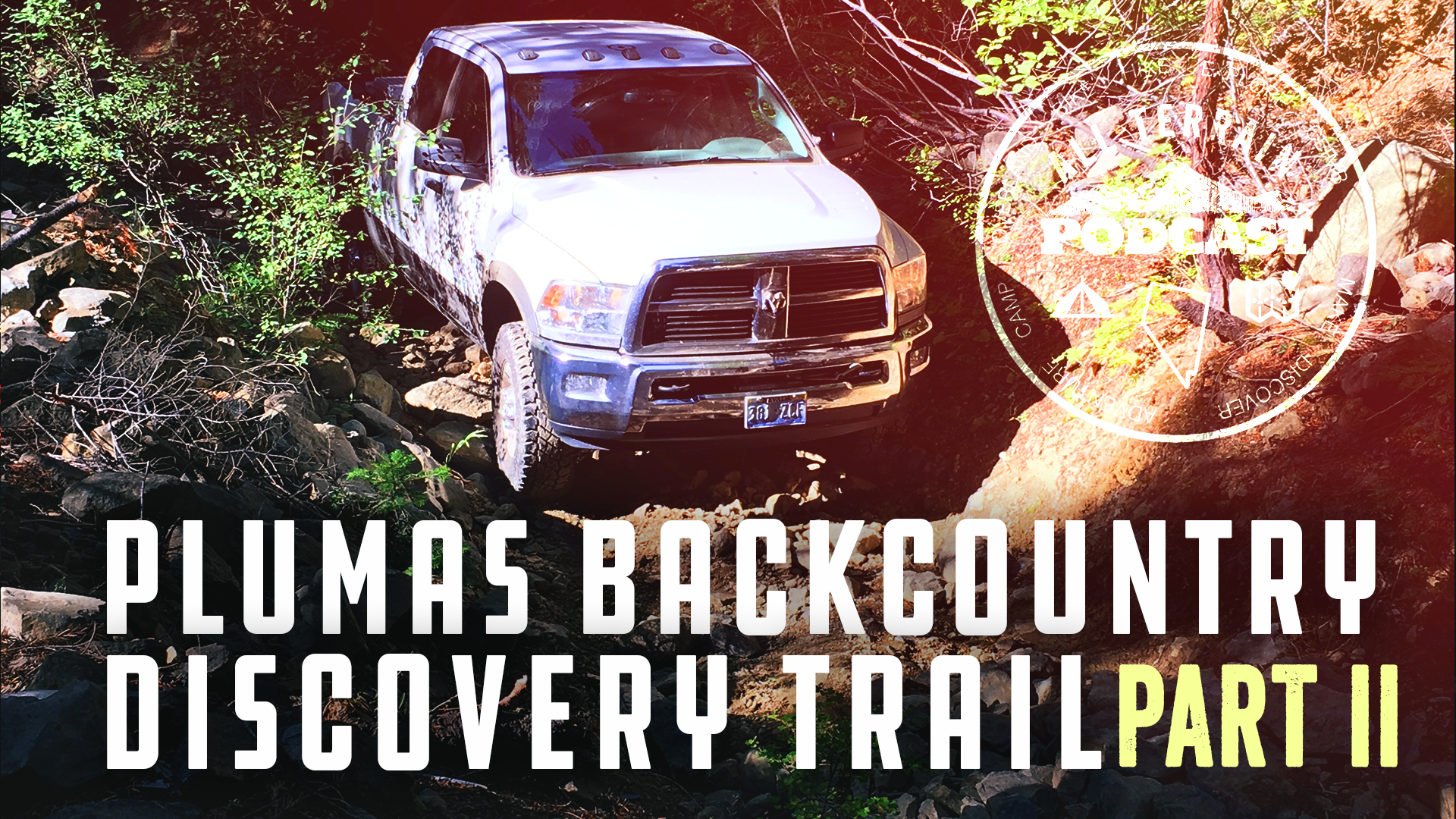

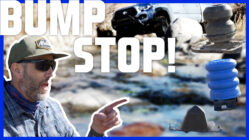
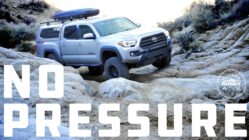
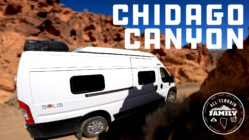
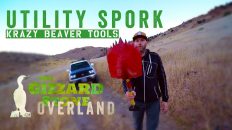



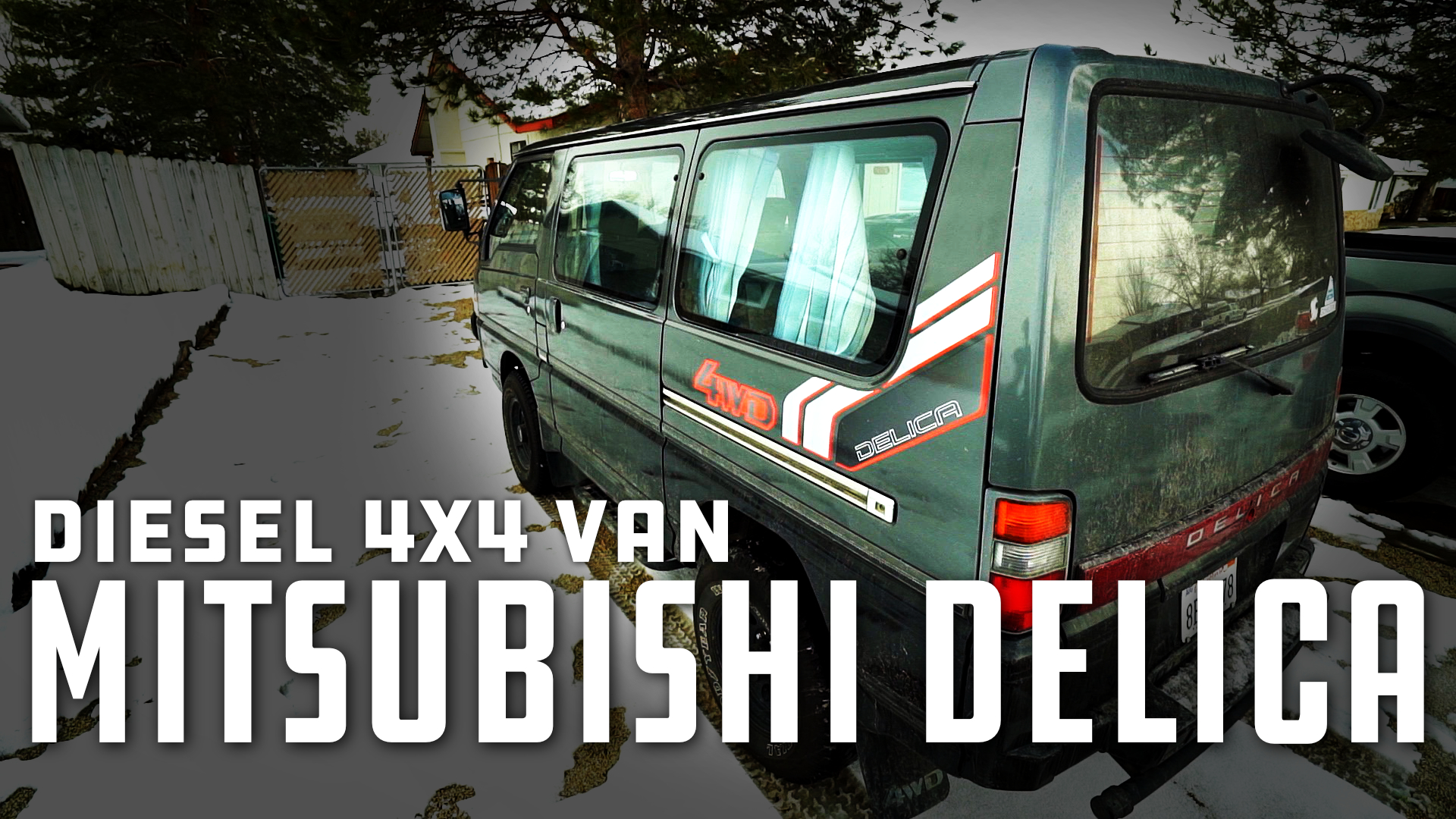
On your radio videos.
First you did a great job explaining the subject to the uneducated and I agree for the average off roader CB ia the best choice.
Just wanted to extend few other ideas for back country comms. If you want to discuss in greater detail just email me and we can talk.
1) Deploy a portable GMRS repeater. It would be expensive (duplexer) to build but would cover 30 miles if deployed on high ground.
2) Deploy a portable cross band repeater using a Ham mobile radio. Very similar to a repeater but much cheaper to build, expect 20 miles of coverage. Could get more if you change modes from analog to digital.
3) Deploy a portable APRS digipeater. The cheapest version of a repeater and has the great coverage for the cost, expect 30 miles. Drawback everyone needs APRS which there are inexpensive solutions outside built in radios like Aprsdroid or software based.
Things to consider but your right the best out of the box solution is CB. The offer to discuss in greater detail is always on the table.